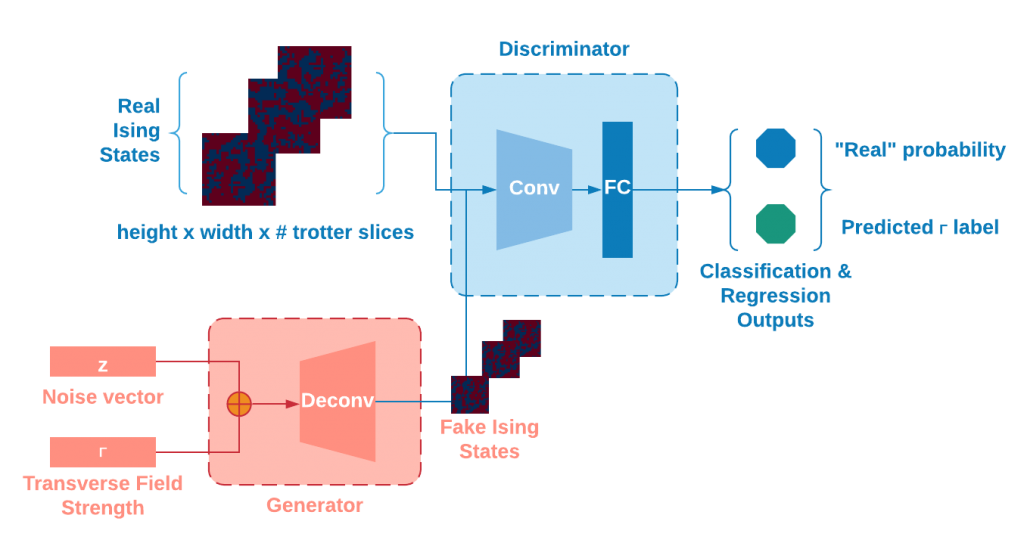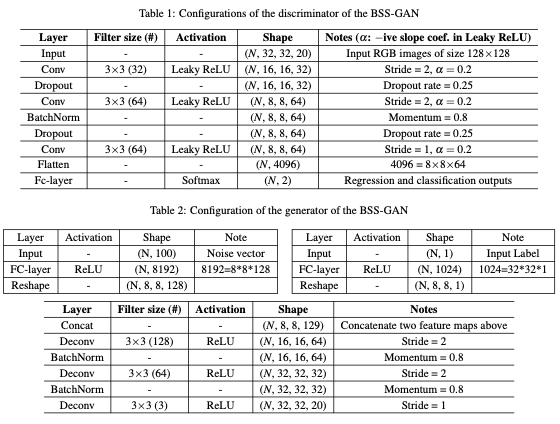

The Ising model is often used to describe natural systems in physics, and many optimization problems can be mapped into physical systems described by the Ising model whose ground states provide the solutions to the optimization problems. Examples include traveling salesman problem, portfolio optimization, integer factoring, social economics network, protein folding, protein modeling and statistical genetics.
Quantum systems can also be described and simulated by the Ising model: Simulated Quantum Annealing (SQA) uses the Path-Integral Markov Chain Monte Carlo method for updating spin configurations driven by a transverse magnetic field. However, the simulation process for a SQA model is very time consuming and computationally expensive. Although parallel-computing alleviate the issue to some extent, the problem grows exponentially with the number of qubits in the system. It will be interesting to see how well implicit models can learn the MCMC distributions, so that a pre-trained model can be used as a quantum Ising simulator.
In my work, I first built a Path-Integral MCMC Quantum Ising simulator with local and global updates (called “sweeps”). The output data of this model is used to train a special-architecture semi-supervised GAN model (SQA-GAN). The data are 3-dimensional matrix cubes and the labels are continuous numbers (the strength values of the transverse magnetic field). There are some architecture highlights to SQA-GAN:
i. The Generator is conditioned on continuous label values which direct the data generation towards such target labels.
ii. The Discriminator has a regression output in addition to a real/fake prediction output. The regression output predicts the continuous label for a given sample.
iii. Spectral normalization is adopted in order to increase the training stability by satisfying local 1-Lipschitz constraints.
I am currently running more experiments and tweaking the model details. The working draft is here.